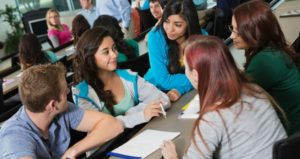
Active Learning: In Need of Deeper Exploration
Most of us think we know what active learning is. The word engagement quickly comes to mind. Or, we describe what it isn’t: passive learning. Definitions also abound. The one proposed by Bonwell and Eison in an early (and now classic) active learning monograph is











